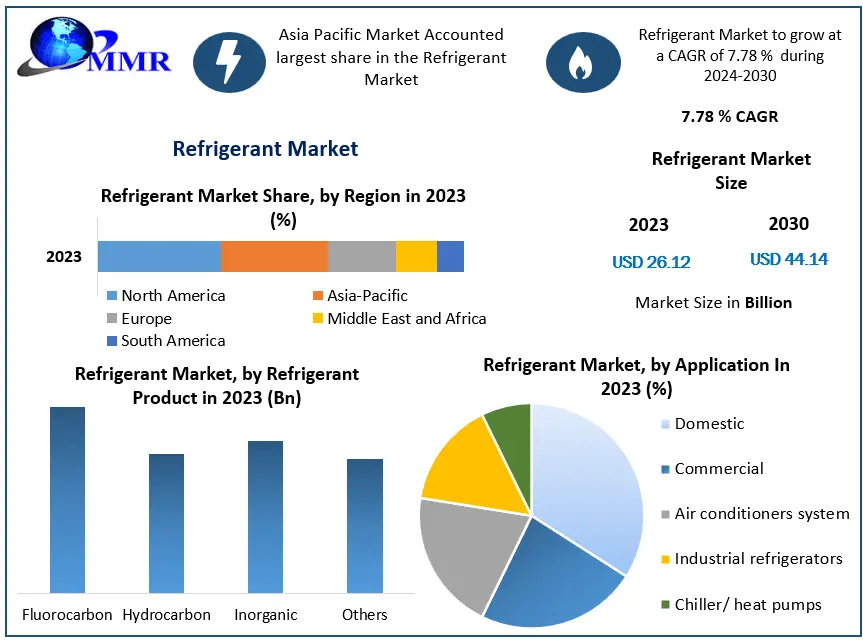No products in the cart.
Other Info
Refrigerants Current Market Prices
Refrigerant Market Prices: Current Trends and Influences
The refrigerant market has seen significant fluctuations in recent years, driven by a complex interplay of regulatory, economic, and technological factors. One of the primary influences on refrigerant prices is the global push towards environmental sustainability. Governments worldwide are implementing stricter regulations to phase out high-global-warming-potential (GWP) refrigerants, such as Hydrochlorofluorocarbons (HCFCs) and Hydrofluorocarbons (HFCs). The Kigali Amendment to the Montreal Protocol, which aims to reduce HFC emissions by over 80% over the next 30 years, is a key driver of this shift. As a result, the demand for low-GWP alternatives like Hydrofluoroolefins (HFOs) and natural refrigerants (e.g., ammonia, CO2) is increasing, leading to higher prices due to supply constraints and the cost of developing new production technologies.

Economic factors also play a crucial role in shaping refrigerant market prices. The COVID-19 pandemic disrupted global supply chains, leading to shortages in raw materials and increasing production costs. The resultant economic downturn reduced the overall demand for refrigerants as construction and industrial activities slowed down. However, as economies recover, there is a resurgence in the demand for cooling systems, particularly in emerging markets with rising urbanization and disposable incomes. Additionally, geopolitical tensions and trade policies can impact the refrigerant market. For instance, tariffs on Chinese imports by the United States have led to price increases for certain refrigerants, as China is a major producer of these chemicals.
Current Trends and Influences
Technological advancements and innovations in the refrigerant industry are another significant factor affecting market prices. Companies are investing heavily in research and development to create more efficient and environmentally friendly refrigerants. The introduction of new refrigerants often involves substantial upfront costs, including regulatory approval and market adoption. However, these investments can lead to long-term cost reductions and price stabilization as production scales up and new technologies become more widespread. Moreover, advancements in refrigeration and air conditioning systems that are compatible with new refrigerants can drive market adoption and influence prices. As the market evolves, it is essential for stakeholders to stay informed about these trends to navigate the complexities of refrigerant pricing effectively.


